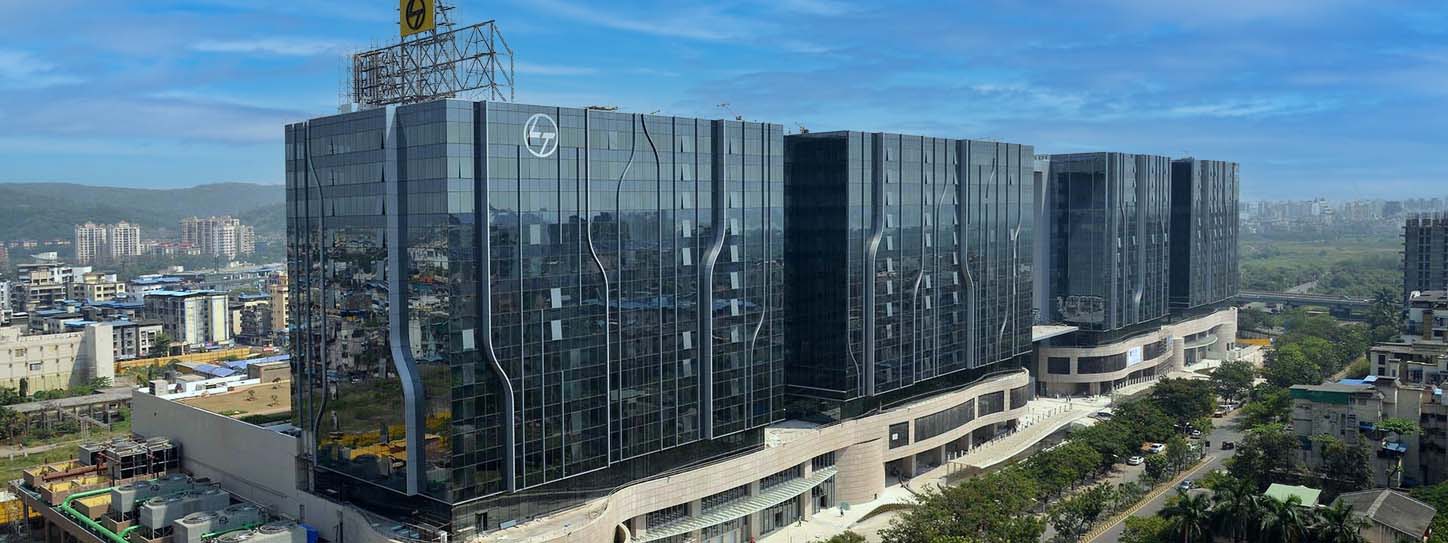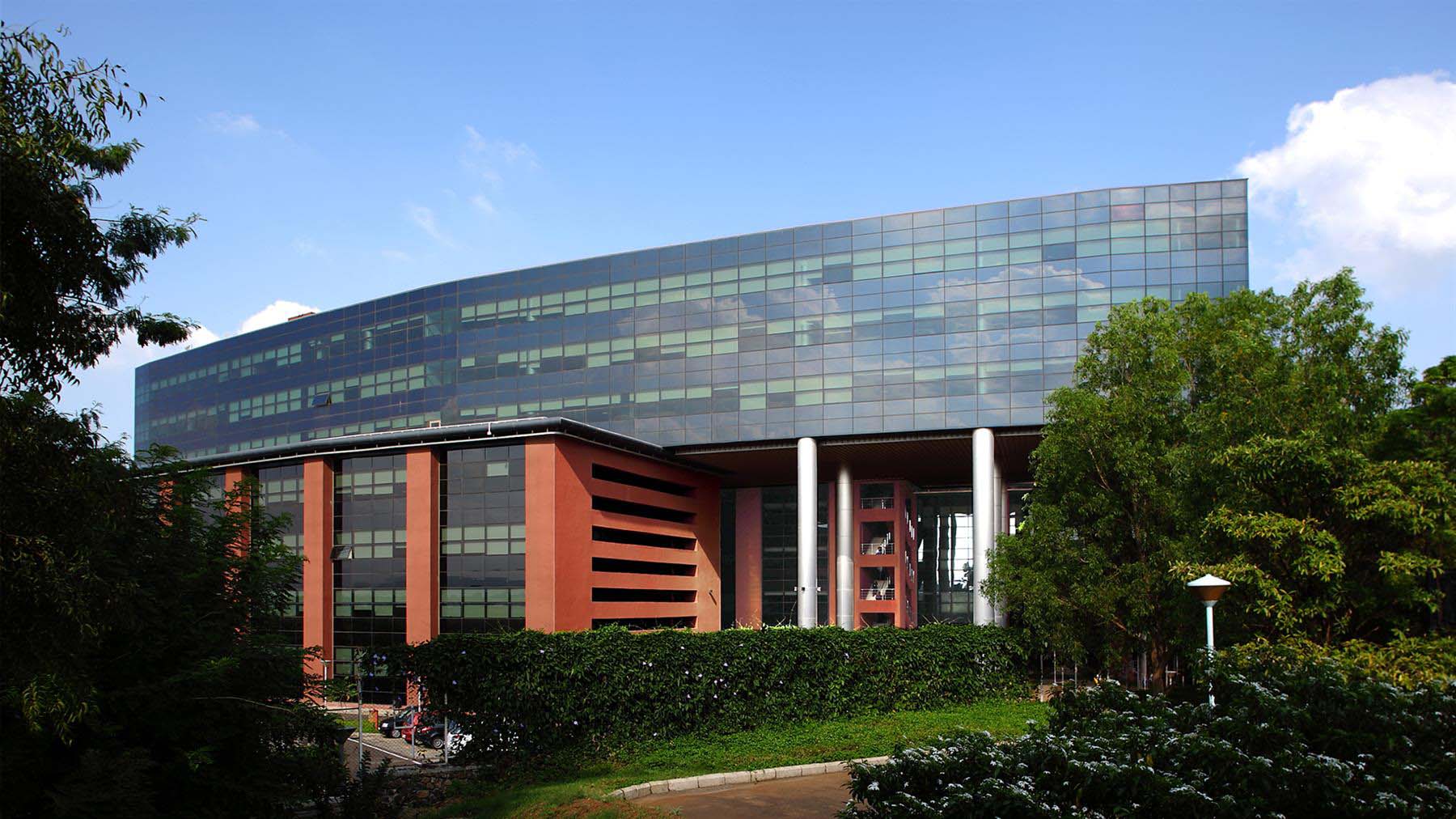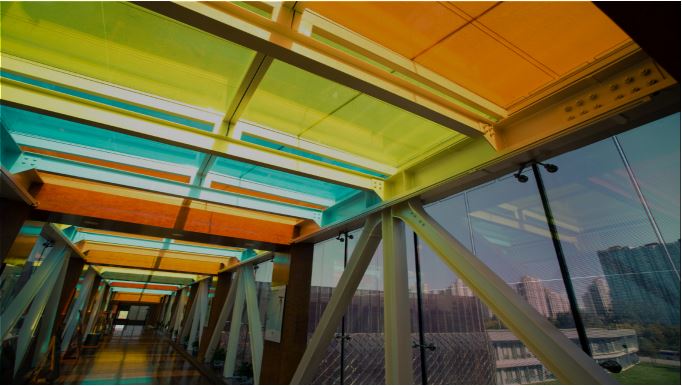Tinted Glass: What It Is and Why It Matters in Modern Architecture
Glass is a versatile material that plays an essential role in modern architecture. One of the most popular variations of architectural glass is tinted glass, a specialized type of glass designed to control light transmission and enhance aesthetics. With its ability to improve energy efficiency, reduce glare, and offer a sleek, stylish appearance, tinted glass has become a go-to solution for architects and designers worldwide.
In this blog, we’ll explore the benefits of tinted glass, its various applications, and why it’s increasingly favored in contemporary architectural projects.
1. What is Tinted Glass? A Quick Overview
Tinted glass is essentially heat-absorbing glass that has been treated with metallic compounds during the manufacturing process to reduce the amount of sunlight that passes through it. The tinting process results in various colors, such as gray, bronze, green, and blue, depending on the specific compounds used.
The main purpose of tinted glass is to control solar radiation, reducing the amount of heat and light that enters a building. While it is widely recognized for its aesthetic appeal, tinted glass also provides significant functional benefits that make it a practical choice for both residential and commercial buildings.
2. Solar Control and Energy Efficiency
One of the most important benefits of tinted glass is its ability to control solar heat gain. By absorbing a portion of the sunlight that strikes the glass, tinted glass can reduce the amount of heat that enters a building, leading to cooler indoor temperatures.
This is especially beneficial in warm climates or in buildings that receive a lot of direct sunlight. By reducing heat gain, tinted glass can lower the demand for air conditioning, resulting in energy savings and improved energy efficiency. In fact, many buildings use tinted glass as part of their strategy to meet green building standards like LEED or BREEAM.
3. Glare Reduction
Tinted glass also helps reduce glare from the sun, making it an ideal choice for buildings with large glass facades or extensive window systems. In spaces like offices, schools, and residential areas, glare can be a major issue, affecting comfort, visibility, and productivity.
By installing tinted glass, you can create more comfortable interiors where natural light is abundant but softened, without the harsh glare that can cause eye strain or make it difficult to work or relax.
4. Aesthetic Flexibility
In addition to its functional benefits, tinted glass offers architects and designers a wide range of aesthetic possibilities. The glass can be customized in various tints, including neutral shades like gray or bronze, or bolder hues like green and blue, allowing for seamless integration with the overall design of a building.
Tinted glass can give buildings a sleek, modern look and is often used in facades, windows, and skylights to create visually striking structures. The color options available make it easy for architects to align the glass with other materials used in the building, from metals to stone and other glazing elements.
5. Privacy and Security
Another key advantage of tinted glass is the enhanced privacy it offers. The darker tint makes it more difficult for people to see inside, providing an extra layer of privacy for occupants while still allowing them to enjoy natural light. This is particularly useful in office buildings, high-rise apartments, and commercial properties, where privacy is a concern.
Additionally, tinted glass can also offer increased security. Since it reduces visibility from the outside, it acts as a deterrent for potential intruders, as they can’t easily see inside to evaluate valuables or activities.
6. UV Protection
Tinted glass offers excellent UV protection, blocking a significant amount of the sun’s harmful ultraviolet (UV) rays. This helps protect the interior furnishings, artwork, carpets, and fabrics from fading over time due to UV exposure.
This benefit is particularly important in retail spaces, museums, and residential properties, where preserving the condition of items inside is essential. UV protection also contributes to occupant health by reducing the exposure to harmful UV radiation.
7. Versatility of Applications
Tinted glass is highly versatile and can be used in a wide variety of architectural applications, both exterior and interior. Some common uses include:
- Facades: Tinted glass can be used in facades to provide a stylish, energy-efficient, and glare-reducing solution for office buildings, hotels, and commercial complexes.
- Windows and Skylights: Tinted glass windows and skylights offer natural light without the associated heat gain, making them ideal for energy-conscious homes and commercial spaces.
- Interior Partitions: Tinted glass can be used inside buildings for partitions that provide privacy while maintaining an open, airy feel.
- Glass Balconies and Railings: Tinted glass in balconies or railings offers a modern aesthetic while contributing to the building’s overall design cohesion.
8. Environmental and Energy Considerations
In an age where energy efficiency is a top priority, tinted glass can make a significant contribution to reducing a building’s carbon footprint. By lowering the need for artificial cooling and minimizing the use of artificial lighting, tinted glass helps create more sustainable, energy-efficient buildings.
Moreover, tinted glass can often be recycled, contributing to the overall sustainability of the building. This makes it an attractive option for architects and developers who are focused on meeting environmental standards and reducing their impact on the environment.
9. Industry Trends and Innovations
Tinted glass continues to evolve with new technological advancements. Smart glass technology is one such innovation, where the tint of the glass can be adjusted dynamically based on external conditions. This gives buildings even greater control over solar heat gain and light transmission, further enhancing energy savings and occupant comfort.
As architects continue to seek materials that offer a balance of aesthetics, performance, and sustainability, tinted glass is expected to remain a key player in both residential and commercial building projects.
Why Tinted Glass is a Smart Choice for Modern Architecture
Tinted glass is more than just a design feature—it’s a highly functional material that offers a range of benefits, from improved energy efficiency to glare reduction and privacy. With its aesthetic flexibility, durability, and sustainability features, it’s no surprise that tinted glass is a popular choice for architects and designers looking to create buildings that are both stylish and efficient.
Whether you’re planning a commercial skyscraper, a residential development, or an office space, tinted glass offers a practical solution that enhances both appearance and performance.
Interested in how tinted glass can improve your next architectural project? Contact us at FG Glass to explore the wide range of tinted glass options available. From custom tints to energy-efficient coatings, we can help you find the perfect solution for your building’s needs.

You might also like
Feb 21, 2022 by TARIQ KACHWALA
Feb 21, 2022 by TARIQ KACHWALA
Feb 23, 2022 by TARIQ KACHWALA









